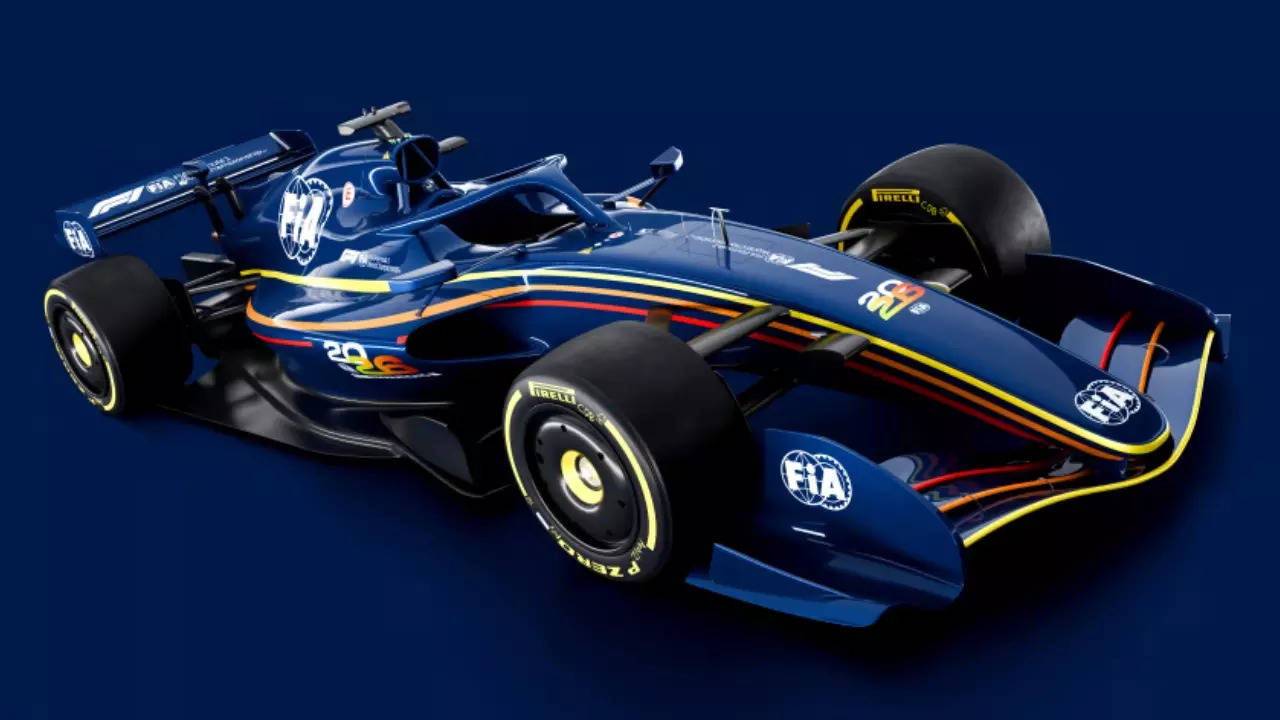One of the most striking changes will be in the design of the F1 cars themselves.The new regulations will usher in the era of the “nimble car,” characterized by a more compact and agile structure. The cars will feature a shorter wheelbase and narrower width, coupled with a mandated weight reduction of 30kg. These modifications are designed to facilitate closer racing, making overtaking easier and races more thrilling with frequent wheel-to-wheel action.
How Lenovo made the world’s first Kiss Activated F1 trophy | TOI Auto
Besides that, the 2026 power units will dramatically increase their reliance on electric power, aiming for a balanced split between internal combustion engines and electric sources. Additionally, the use of 100% sustainable fuels will become mandatory.
In terms of safety, the cars will incorporate new front impact structures with a two-stage nose design, aimed at reducing the risk of detachment during initial impacts. Additionally, the side intrusion regulations have been tightened to enhance driver safety.
Additionally, the 2026 regulations will introduce active aerodynamics. This innovative feature will allow drivers to adjust their car’s front and rear wings during the race. Drivers can engage a low-drag mode for increased speed on straights and switch to a high-downforce mode for better cornering. Furthermore, drivers will also have enhanced overtaking opportunities with a new system providing drivers a short burst of extra battery power when within one second of the car ahead
Stay tuned to TOI Auto for latest updates on the automotive sector and do follow us on our social media handles on Facebook, Instagram and X.


